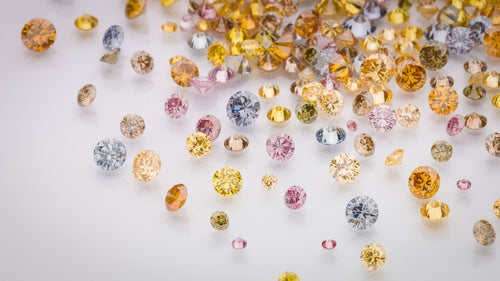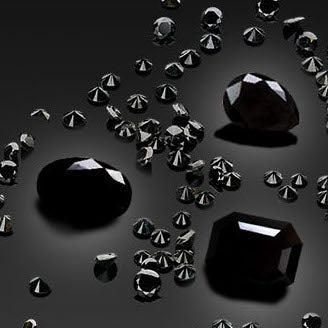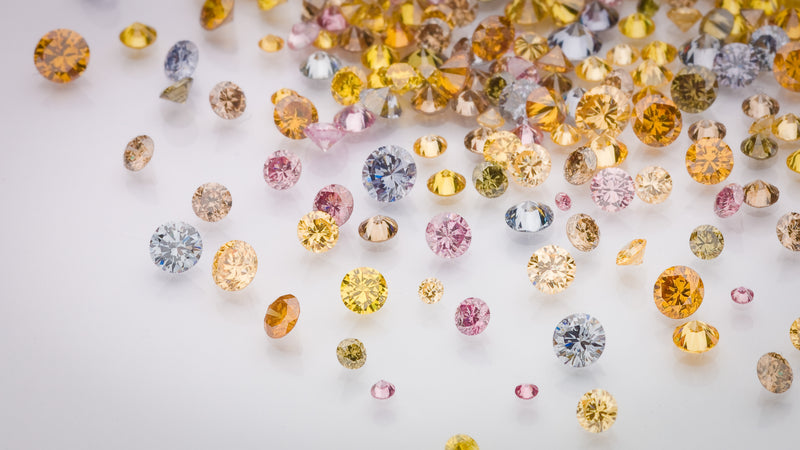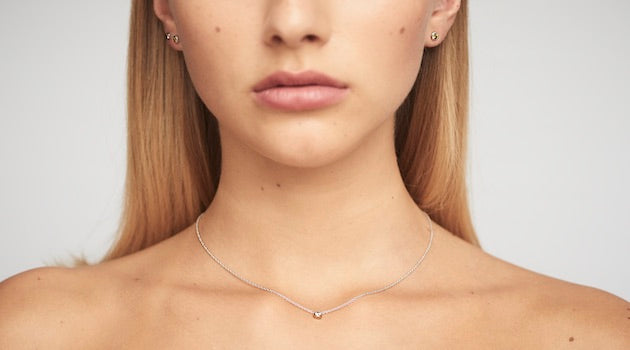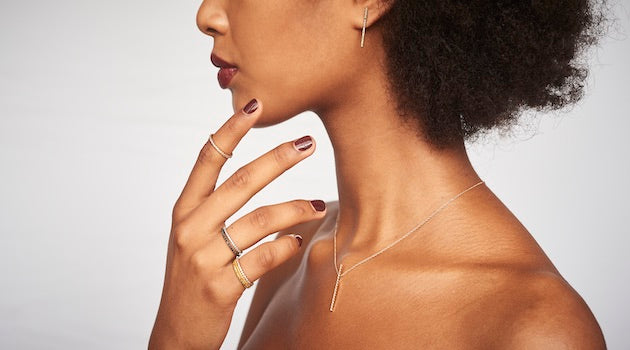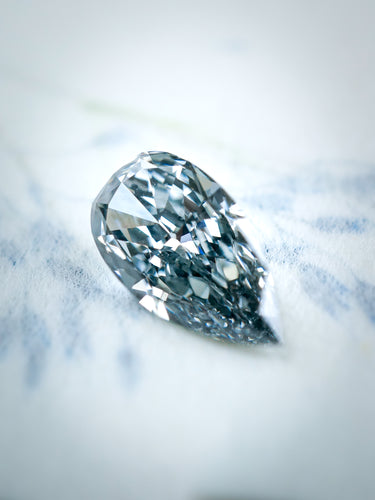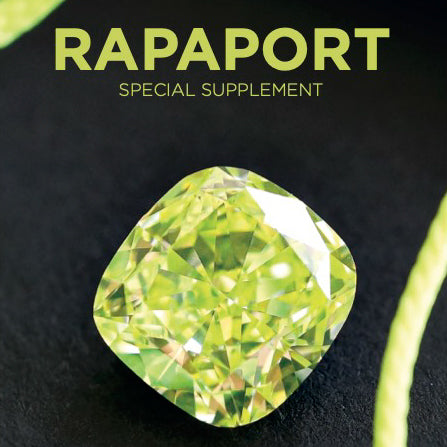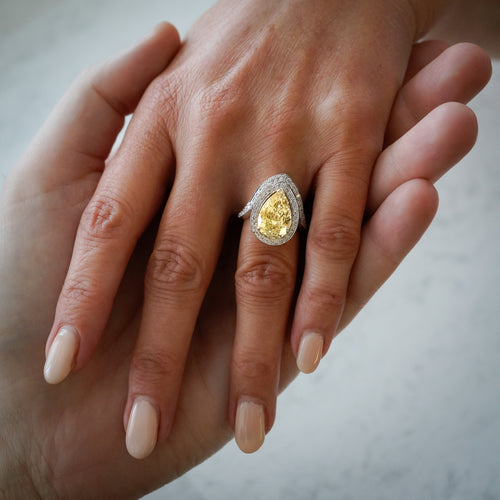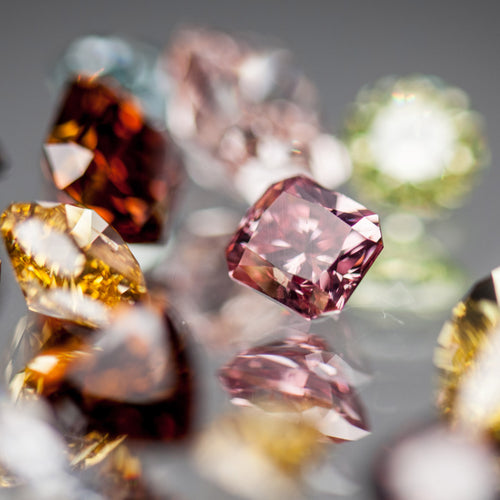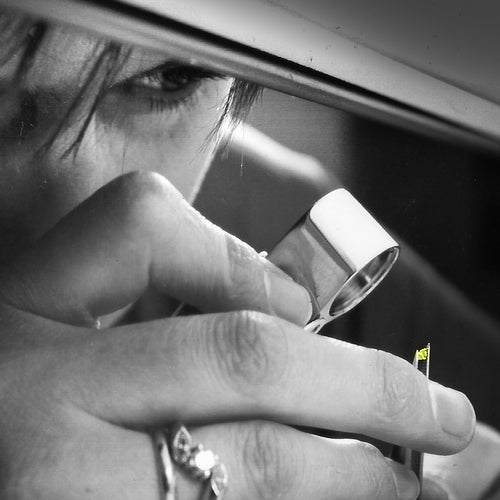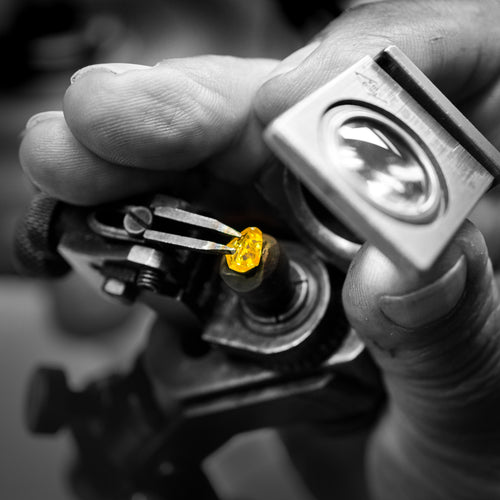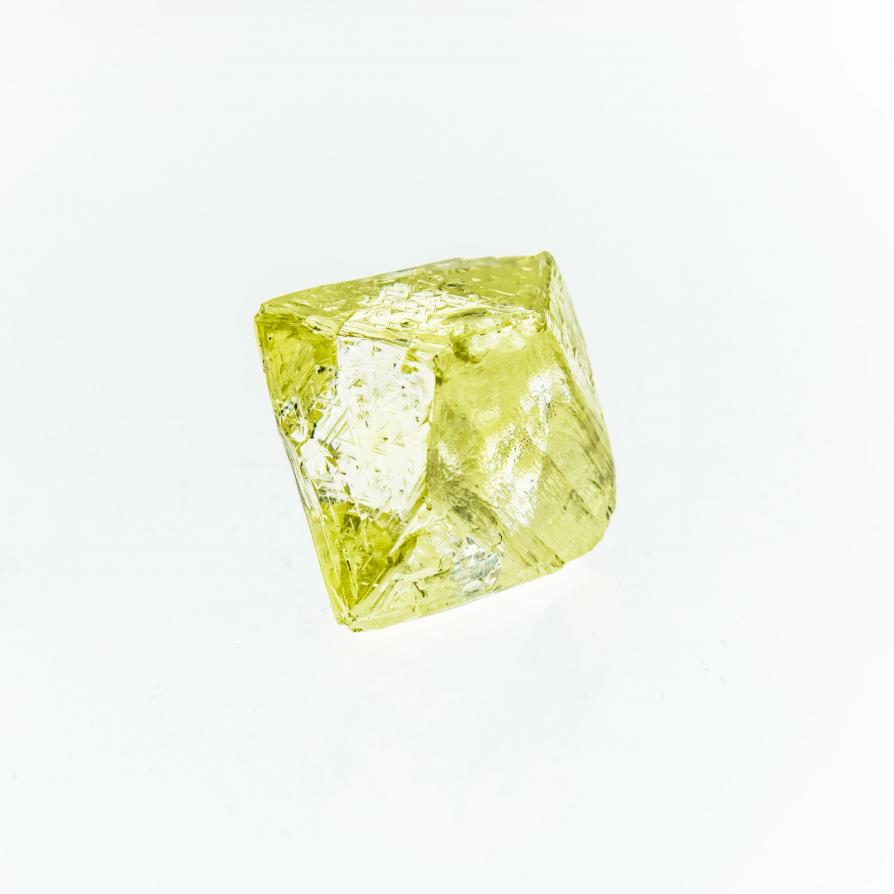

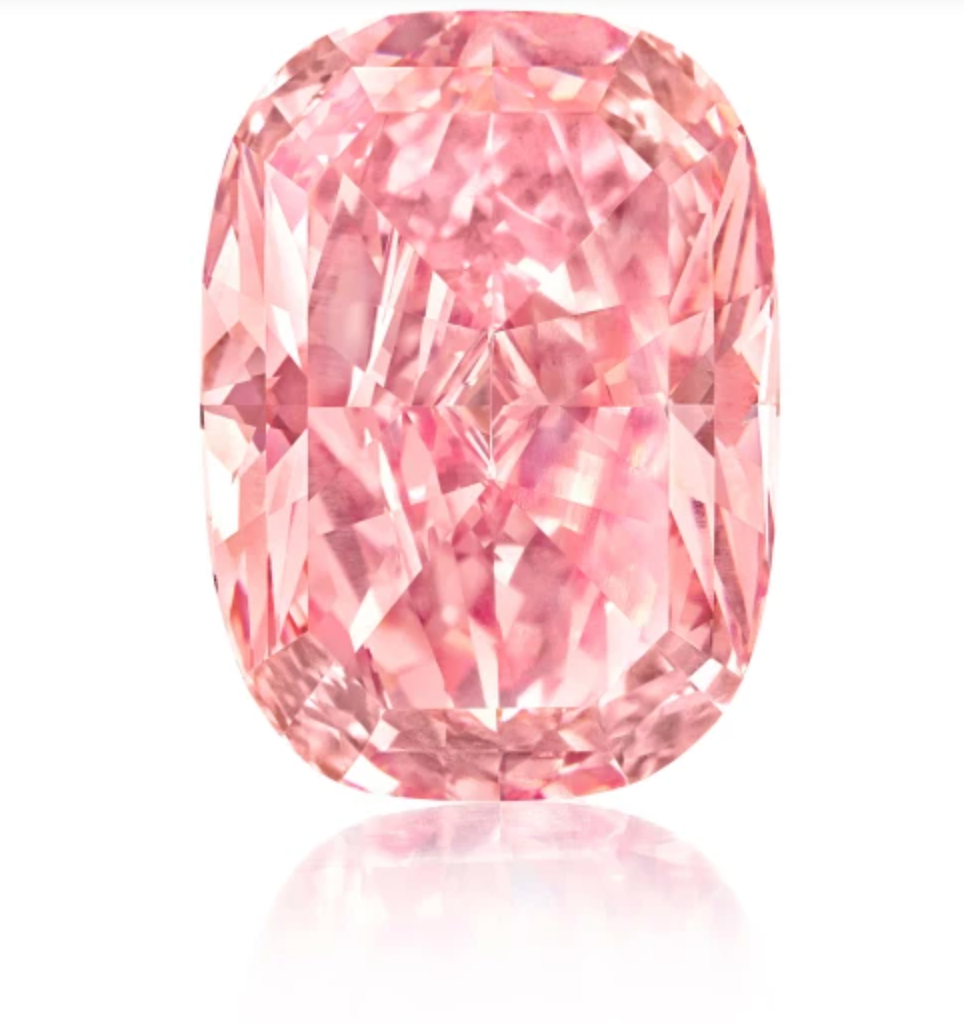
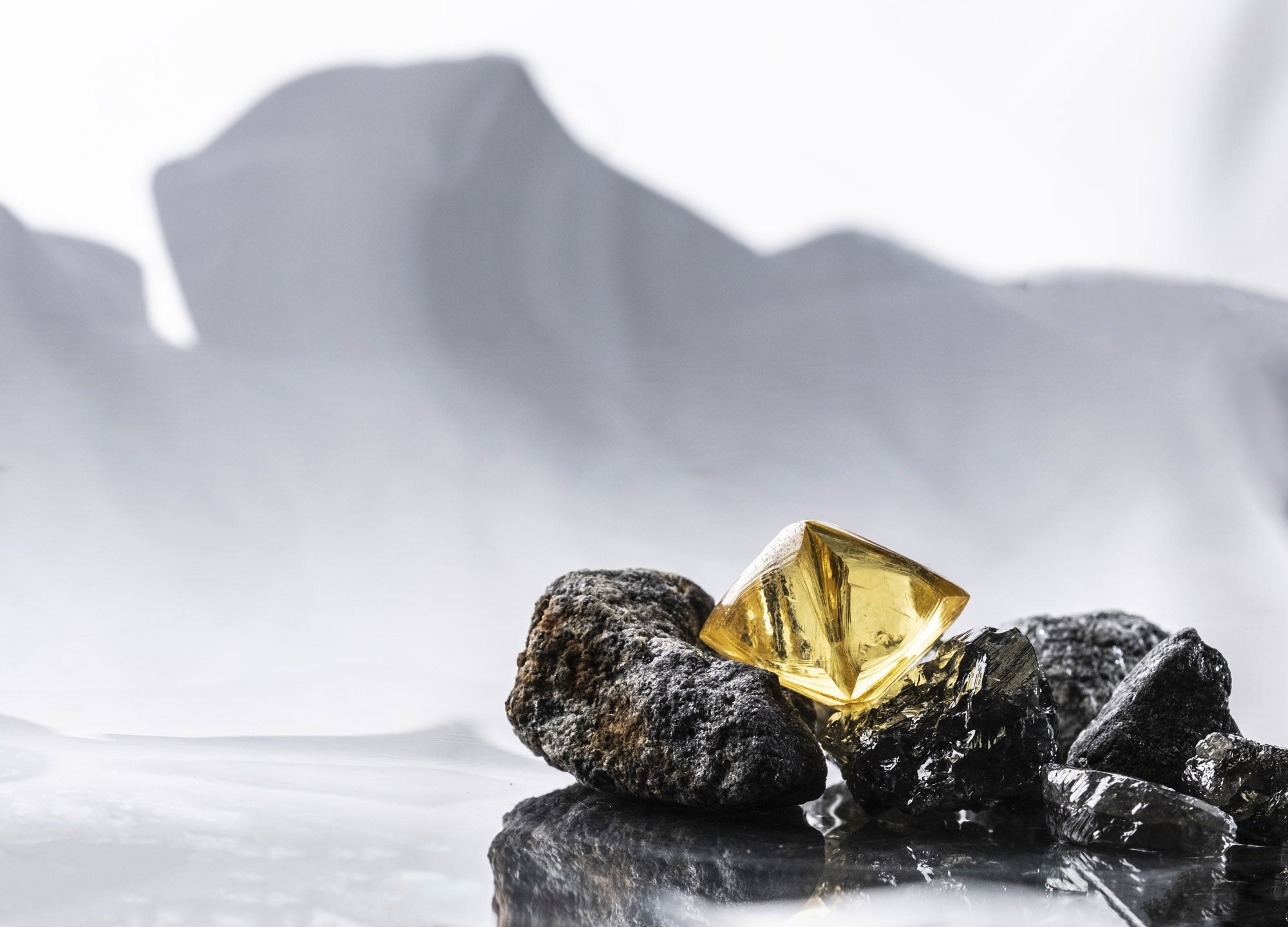
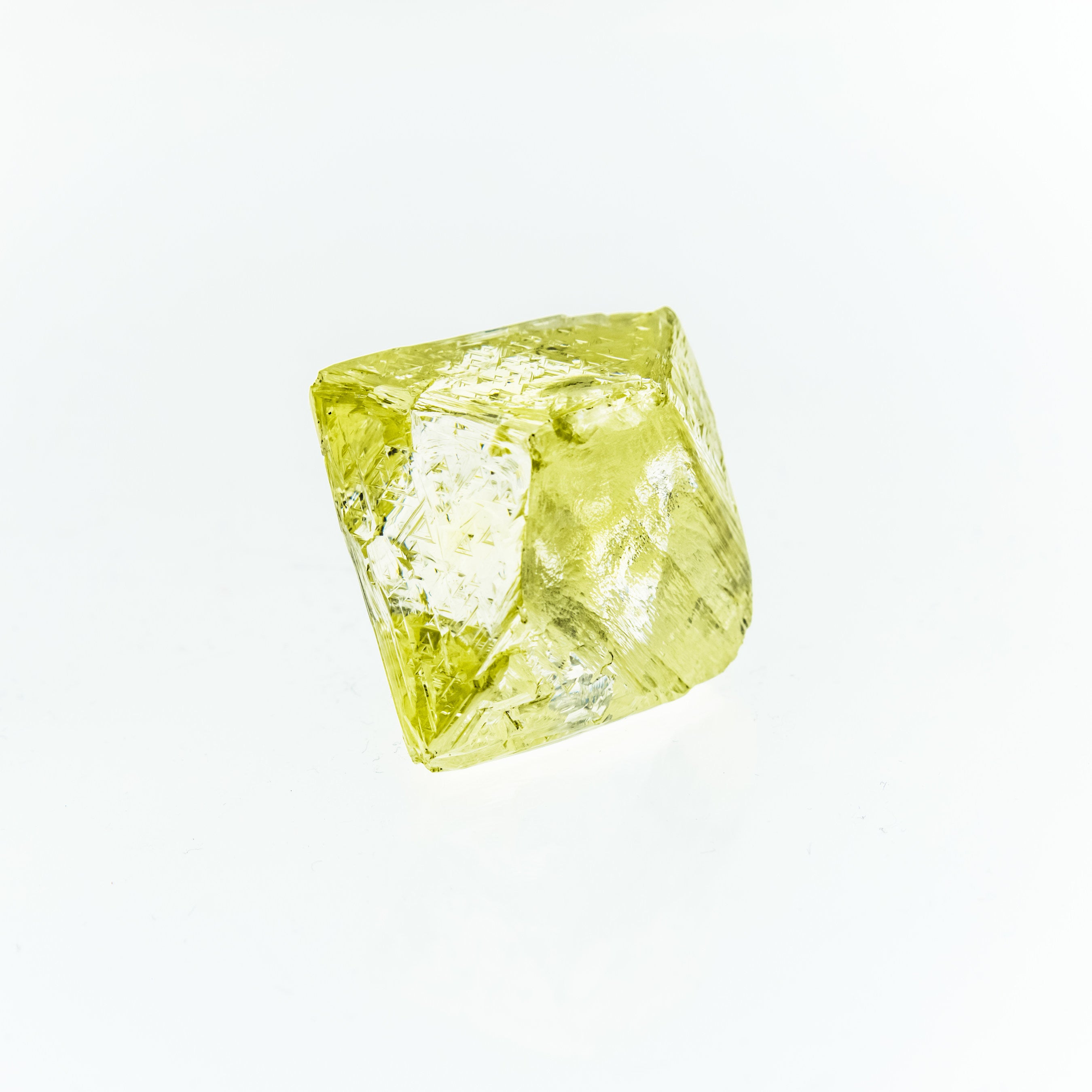
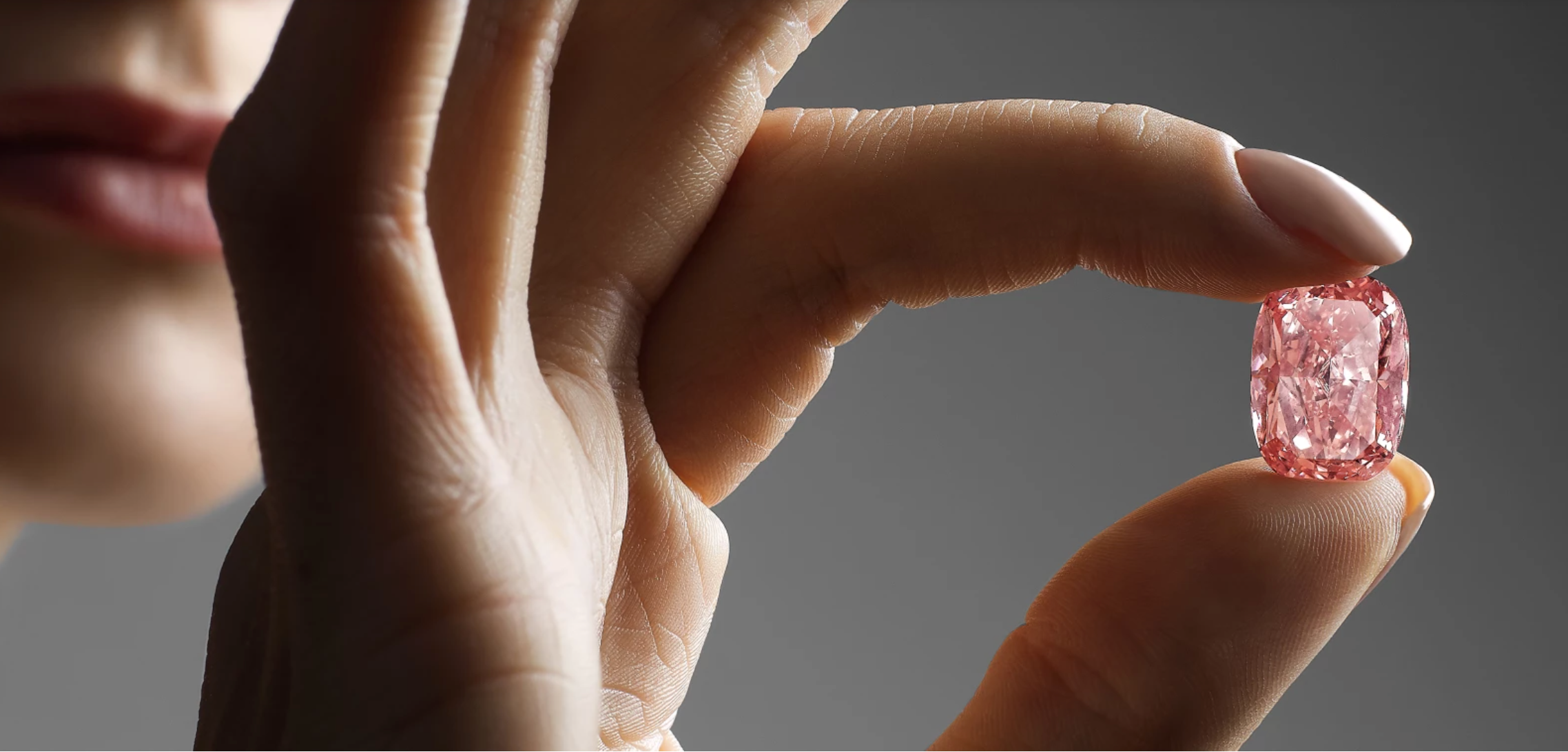
Sotheby’s Geneva to auction ‘Walska Briolette Diamond’ brooch
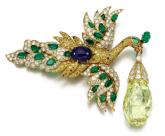
JNA 07/10/2013- Sotheby’s Geneva will auction the “Walska Briolette Diamond” brooch featuring a 96.62-carat fancy vivid yellow diamond during The Magnificent Jewels sale on November 13, the auction house said in a press release recently.
The brooch was created by Van Cleef & Arpels and has a pre-sale price of more than $8 million.
The 96.62-carat briolette diamond was once owned by the Polish-born opera singer and jewellery connoisseur Ganna Walska and was graded as a natural fancy vivid yellow briolette with a VS2 clarity grade by the Gemological Institute of America (GIA).
“The ‘Walska Briolette Diamond’ brooch is the perfect demonstration of how a great jeweller can emphasise the beauty of a spectacular stone by transforming it into a unique piece. This historic diamond, which is of extraordinary size for an antique-cut briolette, comes back on the market after 42 years, in a fabulous bespoke piece of jewellery,” said David Bennett, chairman of Sotheby’s jewellery division in Europe and the Middle East.
In 1971, Van Cleef & Arpels bought the briolette diamond and was commissioned by an American collector a year later to transform it into a “Bird of Paradise” in yellow gold, set with yellow and white diamonds, emeralds and a cabochon sapphire.
The briolette diamond suspended from the bird’s beak can be detached and worn as a pendant while the bird’s wings can also be detached and worn as a pair of earrings. The bird’s tail can be removed and worn a brooch independently.
